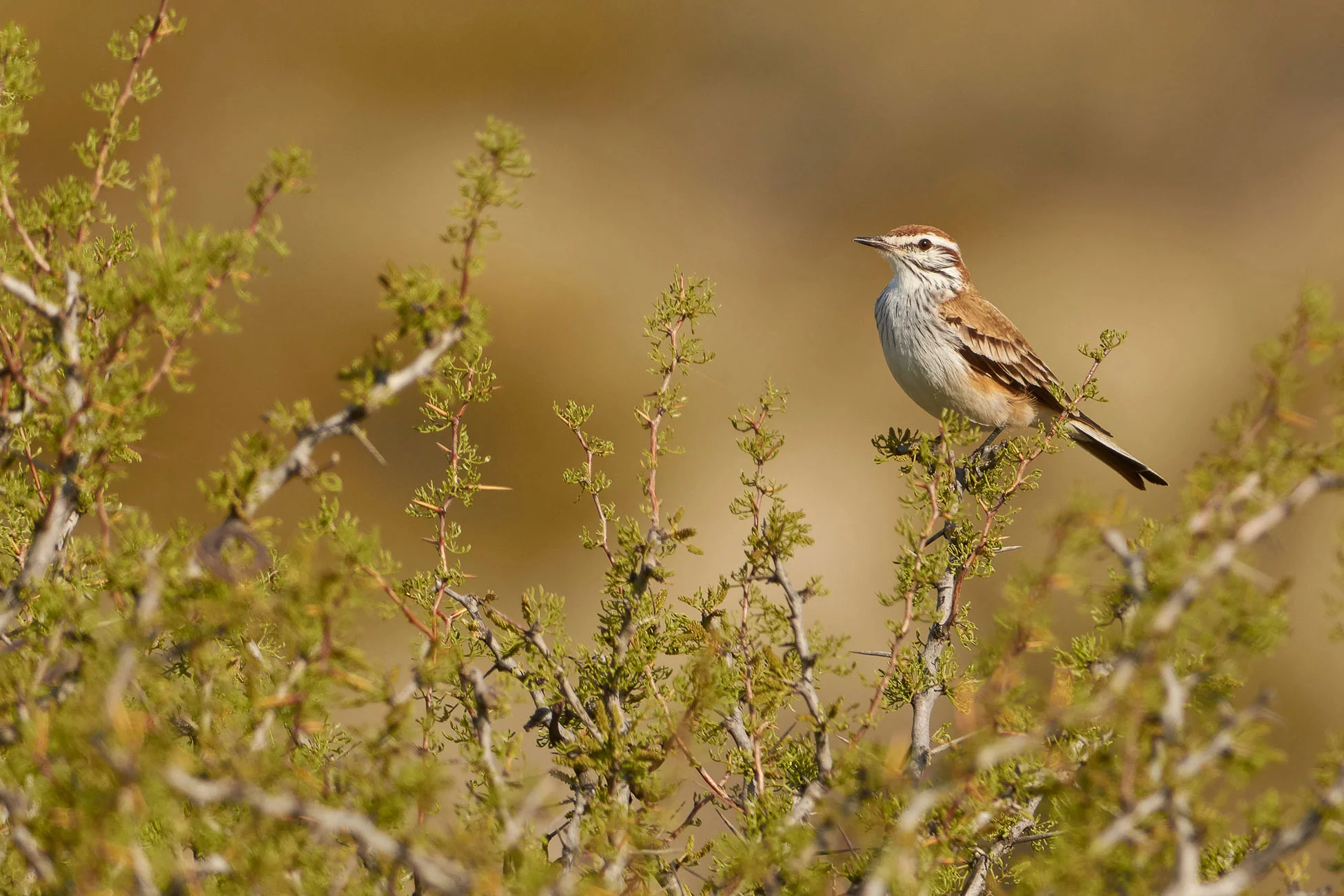Order: Charadriiformes
Family: Scolopacidae
The White-rumped Sandpiper is a small, slender shorebird recognized by its grayish-brown plumage and distinctive white rump, which is visible in flight. It is a remarkable migrant, breeding in the Arctic tundra and wintering in southern South America, including the windswept coasts and wetlands of Patagonia. During migration, flocks can be seen along shorelines, mudflats, and estuaries, often mixing with other sandpiper species. Its high-pitched calls and energetic feeding behavior make it a lively presence in Patagonian wetlands. This species is notable for its endurance and navigational skills, completing one of the longest migratory journeys of any shorebird. The White-rumped Sandpiper plays an important role in the ecosystem by helping control invertebrate populations and serving as prey for larger birds.
Habitat
Found in Patagonian coastal mudflats, estuaries, lagoons, and occasionally inland wetlands during migration and winter.
Foraging
Feeds by probing mud and shallow water for insects, crustaceans, and other small invertebrates, often in flocks.


